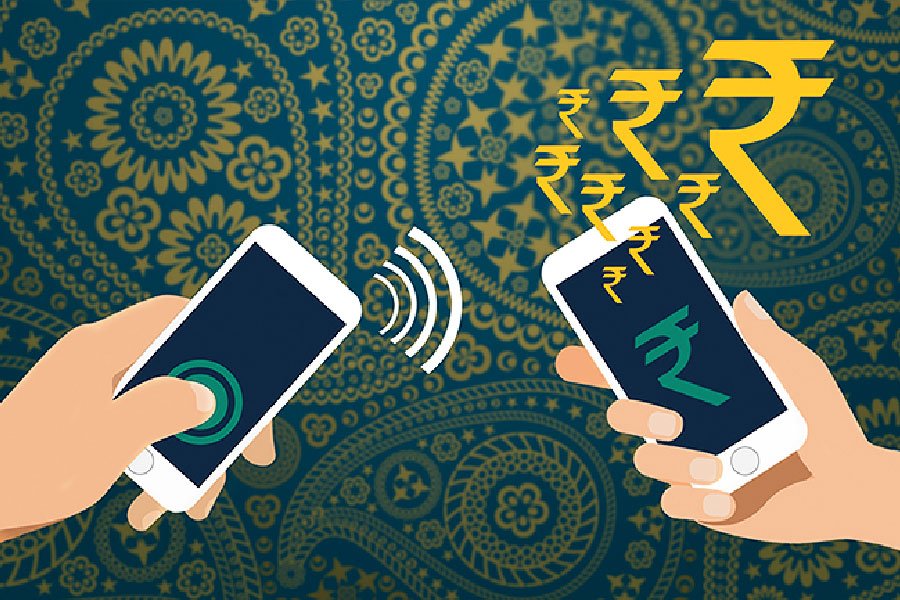RBI’s Digital Payments Index Jumps to 377.46 in Sept from 349.30 in March
The Reserve Bank of India (RBI) has released its latest data on digital payments in the country, revealing a significant increase in digital payments. According to the RBI’s Digital Payments Index (DPI), the index has increased from 349.30 in March 2021 to 377.46 in September 2021. This indicates that digital payments in India are on the rise and gaining momentum.

Why this News is Important
RBI’s Digital Payments Index shows the increasing popularity of digital payments
The RBI’s latest data on digital payments in India reveals a significant increase in digital payments, indicating the growing popularity of digital payments in the country. This is important news for students preparing for government exams, especially those preparing for banking, as the rise in digital payments has important implications for the banking sector.
The rise in digital payments has important implications for the banking sector
Digital payments have become increasingly popular in recent years, with more and more people using digital payment methods to pay for goods and services. This has important implications for the banking sector, as banks are responsible for processing and managing these transactions. Banks need to be equipped with the necessary infrastructure and technology to handle the increasing volume of digital payments.
Historical Context
India has been working towards becoming a cashless economy for several years now. The government’s demonetization move in 2016 was a significant step towards this goal, as it aimed to promote digital payments and reduce cash transactions. Since then, the government has launched several initiatives to promote digital payments, including the launch of the Unified Payments Interface (UPI) in 2016, which has become a popular mode of digital payment in the country.
Key Takeaways from “RBI’s Digital Payments Index Jumps to 377.46 in Sept from 349.30 in March”
| Serial Number | Key Takeaway |
|---|---|
| 1. | The RBI’s Digital Payments Index has increased from 349.30 in March 2021 to 377.46 in September 2021. |
| 2. | The rise in digital payments indicates the growing popularity of digital payments in India. |
| 3. | The banking sector needs to be equipped with the necessary infrastructure and technology to handle the increasing volume of digital payments. |
| 4. | India has been working towards becoming a cashless economy for several years now, and the rise in digital payments is a significant step towards this goal. |
| 5. | The government has launched several initiatives to promote digital payments, including the launch of the Unified Payments Interface (UPI) in 2016, which has become a popular mode of digital payment in the country. |
Important FAQs for Students from this News
What is the RBI’s Digital Payments Index?
The RBI’s Digital Payments Index (DPI) is a measure of the volume and value of digital transactions in India. It tracks the growth and adoption of digital payment methods in the country.
What is the significance of the increase in the DPI?
The increase in the DPI indicates that digital payments are becoming more popular in India. This has important implications for the banking sector and the government’s goal of promoting a cashless economy.
How does the rise in digital payments affect consumers?
The rise in digital payments provides consumers with a convenient and secure way to make payments for goods and services. However, consumers must also be vigilant and take precautions to protect their personal and financial information when making digital payments.
What initiatives has the Indian government launched to promote digital payments?
The Indian government has launched several initiatives to promote digital payments, including the launch of the Unified Payments Interface (UPI) in 2016 and the introduction of the BHIM (Bharat Interface for Money) app in 2017.
What challenges does the banking sector face in handling digital payments?
The banking sector must be equipped with the necessary infrastructure and technology to handle the increasing volume of digital payments. It must also ensure the security and privacy of customer data and protect against fraud and cyber threats.
Some Important Current Affairs Links


















